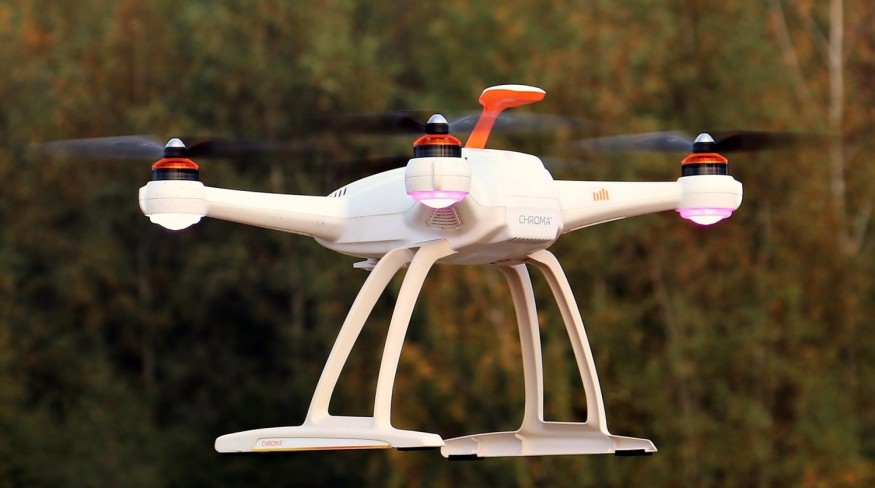Drone delivery is more environment-friendly than truck delivery according to a new study. The findings revealed that drones produces fewer greenhouse gasses and lesser energy than its counterpart.

Drone vs Truck Delivery
According to a study published in Patterns comparing the environmental effects of various "last-mile" delivery techniques, which transport packages on their final leg of travel, drones emit 84% fewer greenhouse gases per parcel than diesel trucks do.
Additionally, drones use up to 94% less energy per parcel than trucks do. The study suggests that using drones to deliver prescription drugs and other small items could lessen their negative environmental effects.
More than one-third of greenhouse gas emissions associated with transportation in the US are accounted to freight transportation. With a view to minimizing their environmental impact, major corporations like Amazon have been experimenting with using drones and robots to deliver packages.
How Last Mile Delivery by Drone Reduces Carbon Footprint
To measure the carbon footprint of the drones, the team flew four-rotor quadcopter drones at speeds between 4 and 12 meters per second to transport packages weighing no more than 0.5 kilograms. With the help of these flights, the researchers were able to determine how much energy and greenhouse gases were released during the production of the electricity needed to fly the drone and recharge its battery.
The findings indicate that a drone's environmental impact is partially dependent on its charging location. For instance, electricity generation produces more carbon in the US Midwest than it does in New York.
However, regardless of location, when it comes to transporting small packages, drones are much more environmentally friendly than both diesel and electric trucks. The greenhouse-gas emissions per kilometer are only about 2% that of a medium-duty truck powered by either diesel or electricity. The study also discovered that compared to drones, electric bikes used less energy per package.
Cons of Drone Delivery
Because most drones can only carry one package at once, they might not be as energy-efficient as a single truck when it comes to delivering numerous packages, according to Juan Zhang, a transportation researcher at the University of Wisconsin-Eau Claire. Despite this uncertainty, she argues that it's still useful to have information on how much energy drones use in comparison to other delivery methods.
On the other hand, an article posted in University of Washington website pointed out that consumers are more likely to place more one-off orders than fewer large orders. The same rules hold true for online shopping, as retailers believe that shipping a single small, inexpensive item is inefficient. In actuality, many impose minimal spending thresholds.
The Future of Drone Delivery
During the COVID-19 pandemic, interest in the concept grew even more. More than 60% of respondents to a survey done in the middle of 2020 said they would be willing to pay more to have their packages delivered by robots. According to Thiago Rodrigues, a transportation researcher at Carnegie Mellon University in Pittsburgh, Pennsylvania, and a co-author of the new study, this was caused in part by a desire to avoid infection. The fact that automated delivery is frequently quicker than waiting for delivery trucks to make their rounds, he adds, was another incentive.
According to a new study by UVL Robotics, a California-based provider of AI-powered drone solutions, an autonomous 24/7 depot-to-parcel-station model could work safely and effectively in urban settings, including neighborhoods with multi-story housing, where more than two-thirds of the world's population is anticipated to live by 2050.
RELATED ARTICLE : Drone Delivery Services Spark Imagination Among Retailers, Consumers, and Packaging Professionals
Check out more news and information on Technology in Science Times.












